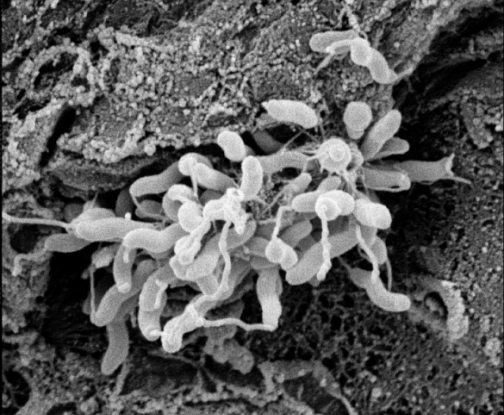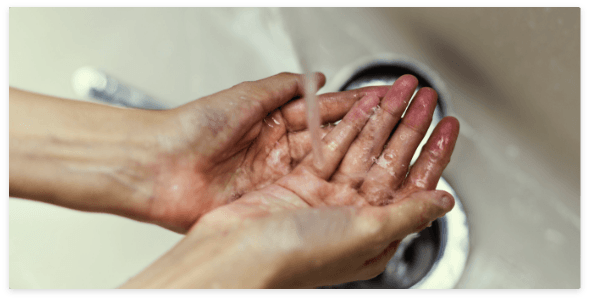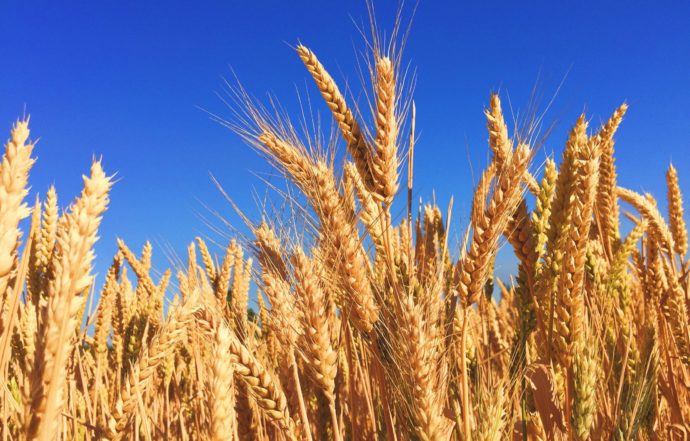Foodborne bacteria

Many different types of bacteria can cause foodborne disease. Currently, the most important foodborne bacteria in Scotland are Campylobacter, Salmonella, Listeria monocytogenes and Shiga toxin-producing Escherichia coli. Symptoms usually begin one or two days after becoming infected, though they may appear as quickly as after a few hours or not until several weeks later. Food can also become contaminated by bacteria within our homes. It is common for people to carry bacteria such as Staphylococcus aureus in their nose, throat or mouth, which can contaminate food through coughs, sneezes and being spread from our hands. This bacteria can multiply on certain foods and produce a toxin that causes food poisoning. Foods that are not cooked after handling, such as sliced meats, puddings, pastries, and sandwiches, are especially risky.




